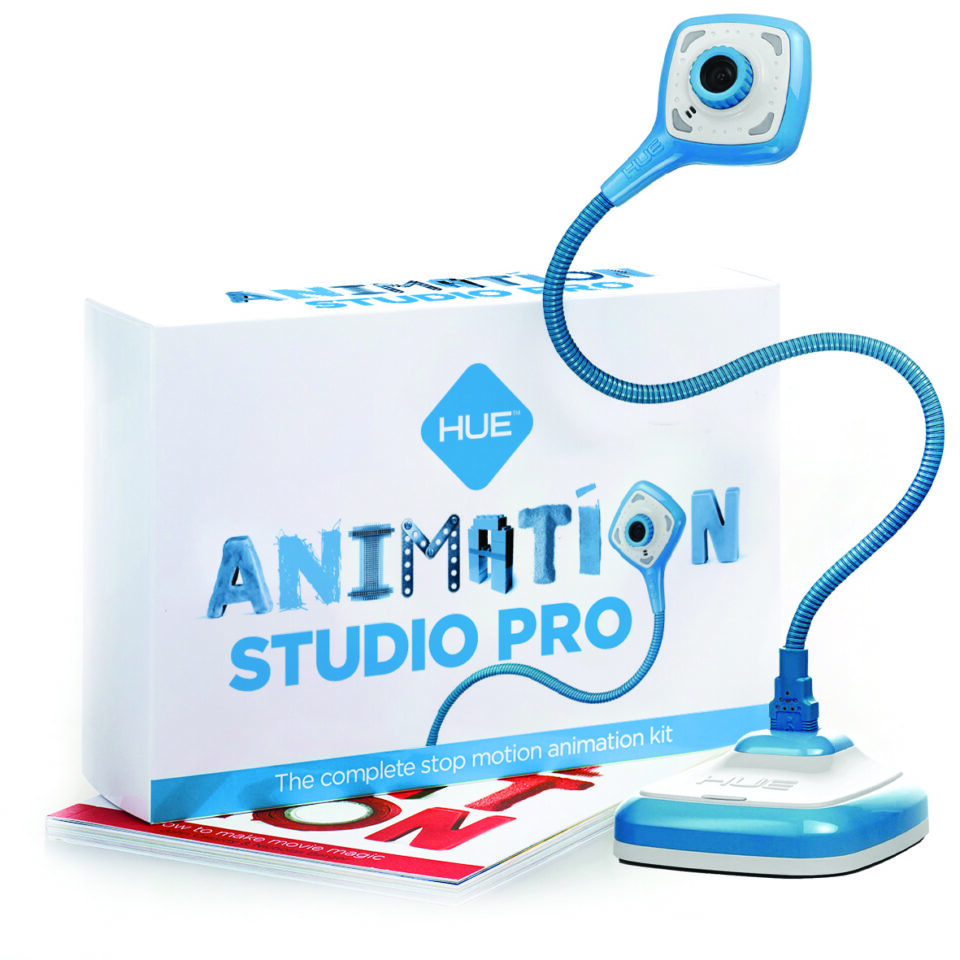
Hold on just one second. I’m explaining the unexplainable!

Rugby World Cup 2011
As we launch into a new school year, one of the biggest challenges that educators may face is establishing a baseline of what students know and remember. What is already generally understood, which student(s) need a bit more support, and what are the major misconceptions to be addressed right away? This is where SAM Animation comes into play… while it’s most often used as a learning tool, we’ve worked with teachers who often use SAM as a pre-assessment tool, providing information that scaffolds the lessons to follow. How is this done and why does this work?
The beauty of a hands-on tool enabling students to create visual models is that we are viewing students’ ideas separate from their ability to verbalize those ideas… ripe for the opportunity to catch misconceptions. We can ask students to illustrate their understanding of Newton’s Laws — And if the majority of the class cannot accurately model the 3 different laws with stop-motion in 50-min, we know exactly where to start the lesson the next day: Square 1. This can apply to lower grades in science as well. Or even math, or language arts, or foreign language. In reality, challenging students to “show me what you know” is one of the best ways to truly capture the ‘rawness’ of their knowledge. There’s not really any way to read and regurgitate the answer, which is the beauty of our tool in assessment.
I’ve included a couple of examples of how animations created by students showed us what it is they understand… and where we may need to do a bit of work!
Example (High School Students): Illustrate Newton’s Laws — looks like these students have a general understanding of the 3!
Happy Creating this first week of school for some … more iCreate insights to come next week!



